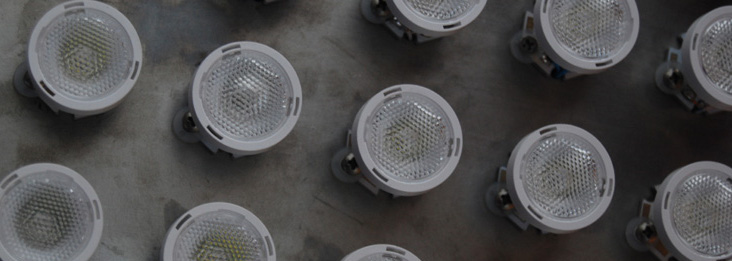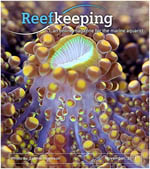
Light is one of the most important tools at the disposal of the reef aquarium hobbyist. Our corals and other photosynthetic livestock require intense light of the correct spectrum to grow and thrive. The methods commonly used today - high output fluorescent or metal halide lamps - are well established and viable sources of light. Their use has become well accepted as a standard approach, despite their shortcomings. LED lighting offers an alternative for people who are interested in a different approach that can address some of those shortcomings, while providing some exciting new advantages. As with many new technologies in the reefkeeping hobby, the DIY community has begun embracing LED lighting. This has created a flurry of questions from people interested in building their own LED fixtures:
- What is LED lighting? What advantages does it have? Can I make my own?
- Which LEDs should I use, and how many do I need?
- How do I power LEDs?
- How do I assemble an LED fixture?
- What creative things can I do with LEDs that might not be possible with other types of lighting?
Coming soon, Reefkeeping Magazine will feature a series of articles to address those questions, and provide a basic point of reference for people interested in building their own LED fixtures. Even if you have no desire to assemble your own LED rig, this series will provide information useful when evaluating commercial LED rigs, or comparing LED lighting to other types of lighting technologies. This series will cover the following topics:
- The first article will cover basic theory of LED lighting: how LEDs work, how they are powered, what the light they produce “looks” like, and how they are fundamentally different from other forms of lighting.
- The second article will present the case for LED lighting - efficiency, spectrum, expected lifetime, comparing LEDs to other lighting technologies, and other concerns specific to applying LEDs to reef aquariums.
- The third article will cover practical application of LED lighting to reef tanks, covering subjects such as selecting LEDs, drivers, optics, and other components that meet your needs and budget.
- The fourth article will provide step by step instructions on assembling a typical DIY LED fixture, including presentation of several DIY fixtures assembled by Reef Central forum members.
- Finally, a fifth article will cover several DIY LED fixtures built and in use by your fellow hobbyists, summing their findings and showing LEDs in action on their reef aquariums.
So, if DIY LEDs have caught your interest, stay tuned to Reefkeeping Magazine!
Written by Nate Enders
Photo courtesy Reef Central member Santoki




















